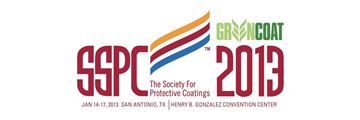Search
Individual Conference Papers
View as
Sort by
Display
per page
Top of Line Corrosion in Multiphase Gas Line Operational Feedbacks
Product Number:
51323-19486-SG
Publication Date:
2023
$20.00
Top of Line Corrosion Probabilistic Risk Analysis for Wet Sour Subsea Pipeline
Product Number:
51319-13116-SG
Publication Date:
2019
$20.00
TOP OF THE LINE CORROSION – COMPARISON OF MODEL PREDICTIONS WITH FIELD DATA
Product Number:
51312-01449-SG
ISBN:
01449 2012 CP
Publication Date:
2012
$20.00
Top of the Line Corrosion Mechanism for Multiphase Sour Gas Subsea Pipeline
Product Number:
51323-18782-SG
Publication Date:
2023
$20.00
Toward a Preliminary Mechanistic Understanding of Co-Evaporation and Co-Condensation of Top-of-the-Line Corrosion Inhibitors
Product Number:
51324-20605-SG
Publication Date:
2024
$40.00
Toward Objective Evaluation Of FRP Corrosion Barrier Condition
Product Number:
51322-17669-SG
Publication Date:
2022
$20.00
Towards Automated Development and Evaluation of Optimal Corrosion Inhibitor Products
Product Number:
51323-18783-SG
Publication Date:
2023
$20.00
Towards Hydrogen Permeation Testing of Novel Coatings for Steel Pipelines using an Electrochemical Hydrogen Charging Method
Product Number:
51323-19148-SG
Publication Date:
2023
$20.00
Tracer Studies in Boiler Scale and Corrosion Control
Product Number:
51323-19005-SG
Publication Date:
2023
$20.00
Traffic Bearing Coating Systems in the Parking Structure Market
Product Number:
41216-979-SG
Publication Date:
2016
$20.00
Transient Cathodic Method to Measure Oxygen Diffusivity in Concrete
Product Number:
51319-13409-SG
Publication Date:
2019
$20.00












